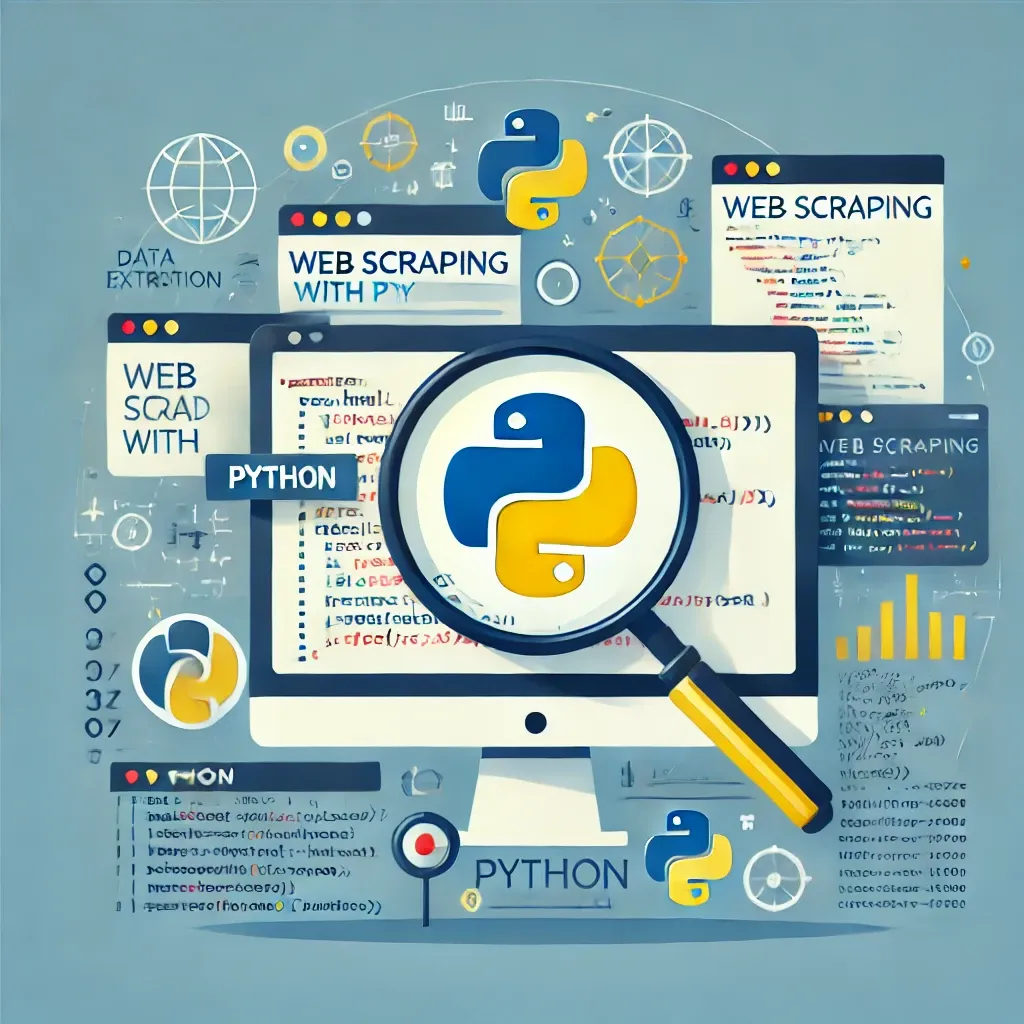
Web Scraping with Python: A Beginner’s Guide to Extracting Data from Websites
Web scraping is a powerful technique that allows you to collect data from websites automatically. Python, with its libraries BeautifulSoup and requests, makes it easy to build web scrapers that extract useful information efficiently.
In this post, we will walk through the basics of web scraping, including how to set up your scraper, extract HTML elements, and save the data for further analysis.
1. Prerequisites
You’ll need to install the following libraries:
# Install BeautifulSoup and requests
pip install beautifulsoup4 requests
2. Sending a Request to a Website
The first step in web scraping is to send an HTTP request to the target website. We'll use the requests library to fetch the webpage's content.
# Fetching a webpage
import requests
url = 'https://example.com'
response = requests.get(url)
print(response.text) # Display the raw HTML of the webpage
3. Parsing HTML with BeautifulSoup
Once you have the HTML content, use BeautifulSoup to parse and extract specific elements from it.
# Parsing HTML content
from bs4 import BeautifulSoup
soup = BeautifulSoup(response.text, 'html.parser')
# Extract all heading tags (h1)
headings = soup.find_all('h1')
for heading in headings:
print(heading.text)
4. Extracting Links from a Webpage
Web scraping often involves collecting links from a website. Here’s how you can extract all the links from a page:
# Extracting all links from the page
for link in soup.find_all('a'):
print(link.get('href'))
5. Handling Website Restrictions
Some websites have restrictions that prevent web scraping. Always make sure to follow a website’s robots.txt file and respect their terms of service.
6. Saving Scraped Data
You can save the extracted data into a CSV file for further analysis:
# Saving data to a CSV file
import csv
with open('headings.csv', 'w', newline='') as file:
writer = csv.writer(file)
writer.writerow(['Heading'])
for heading in headings:
writer.writerow([heading.text])
7. Conclusion
Web scraping with Python allows you to automate data collection from websites. With requests to fetch web pages and BeautifulSoup to parse the HTML, you can extract data and save it for analysis. Remember to always scrape responsibly and follow the rules set by websites!
Now that you have a basic scraper, try experimenting with different websites and HTML elements to enhance your skills!







0 Comments